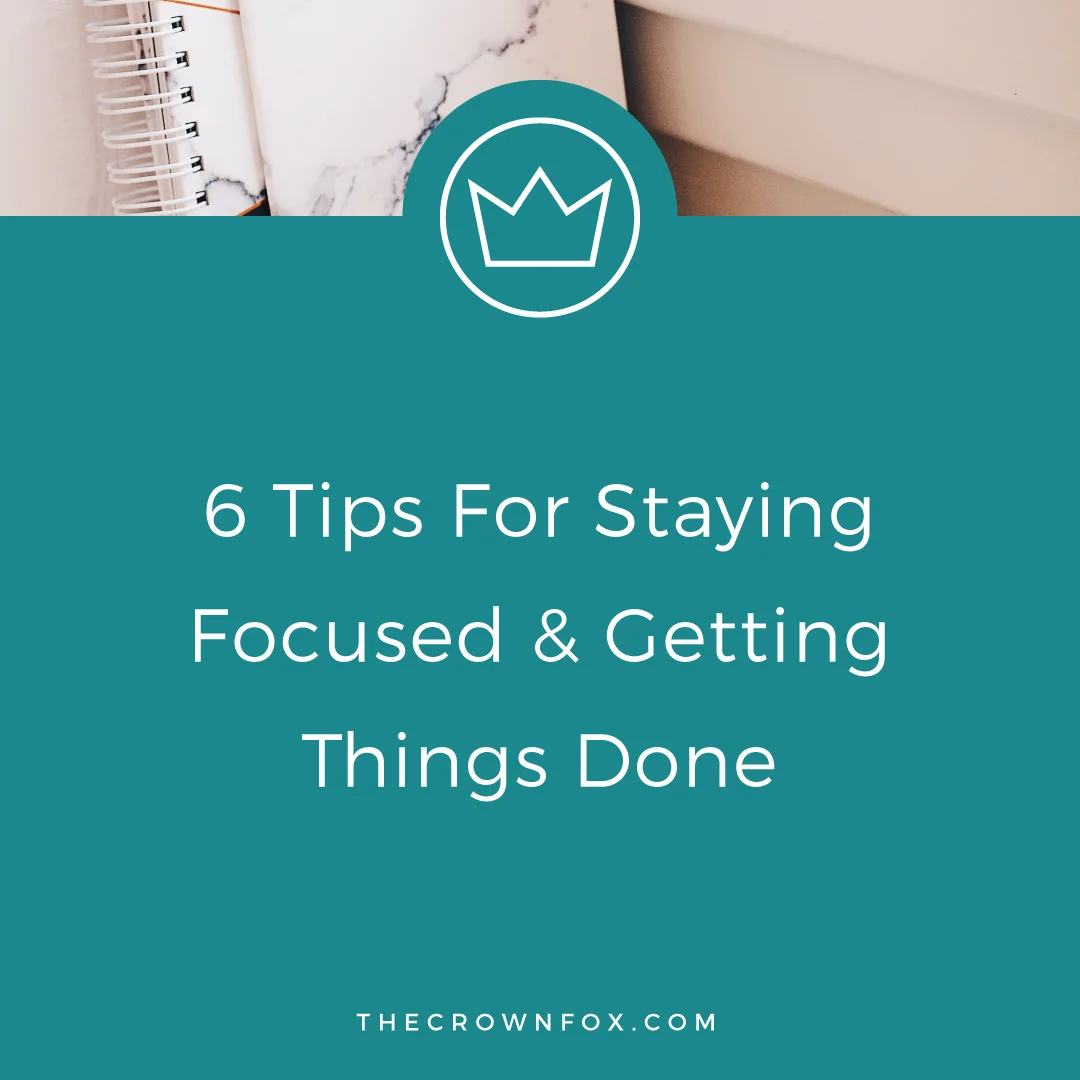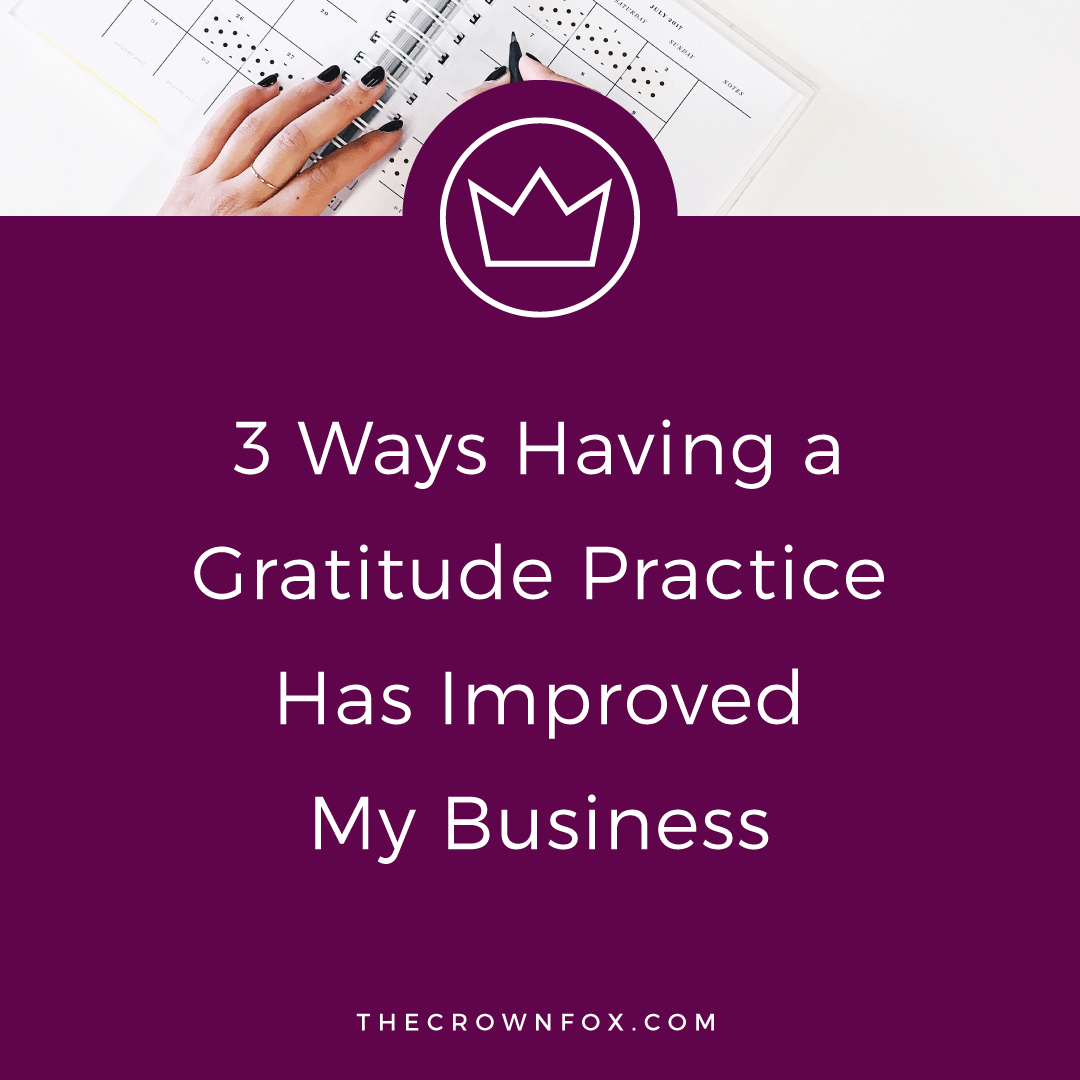This past weekend I co-hosted a webinar/workshop and talked about inspiration boards and my process with clients. If you haven’t heard of an inspiration board, it’s generally the first step to creating the visuals of your branding. It is a collage of images that work together and give ideas about a feeling, vibe, colors, textures, typography, and so on, in regards to what we are going to create for your visual identity. I wanted to share some of that information with you today on the blog, so here are the three steps to my inspiration board process.
DEFINE KEY WORDS + FEELINGS
If you’ve read my blog before, you know I put a lot of emphasis on the foundational pieces of branding long before we move into visuals. This is true in my client process, too. We’ve already gone through questionnaires and spent some time talking about target clients, overall goals, and paths to getting there. I’ve already asked my client to consider and come up for 3-5 words that they hope describe their business/branding and 3-5 words that they hope potential customers would use in describing their business/branding.
Those words are very valuable pieces of information – they are the biggest and best tool I have to work off of, honestly. If we want “soft and romantic” versus “pops of color and vibrant” I need to know. Those evoke very different visuals and directions. Now, those words are supported by the images that come later on, but I’ll get to that in a second.
Words that are as precise and descriptive as possible are best. Here are some examples, just to get you thinking: strong, streamlined, soft, airy, detailed, clean, bright, or somber. Think about those words and how they immediately put images into your head. Those are the kind of words to keep in mind while moving forward into creating visuals.
GET PINNIN’
This part of the process is pretty standard across the designers I know of. Pinterest is an amazing tool for seeing a lot of images at once, and that is exactly what we need to do next. So, I create a secret Pinterest board and invite a client to pin on it. The hope is that they pin at least 15-20 images that are visually appealing to them so that I can take those and create the actual collage.
There are a couple of things to consider with this step. First, avoid pinning any other logos or brand boards. These are far too distracting and will plant seeds in your mind that only copying will ‘fix.’ We obviously aren’t going to copy someone else’s logo or brand boards, so better to just avoid that entirely.
Also, I tell clients to pin anything and everything. It doesn’t matter if it “has nothing to do with your business” or feels completely unconnected. I just want to see styles, lines, colors, feelings, etc. Remember when I said those words were support by the images earlier? Here’s what I meant by that: you might say something like “rustic” or “chic” but the pictures support what that really means to you. Because your version of “chic” might be different than mine, right? So you said these words earlier, which are very important and helpful to me, but now I also get to see what you really meant by those words through the images you choose.
The other thing I like to ask my clients to do is consider every image they pin through the eyes of their newly defined target audience or client. Think about each picture deliberately and think, “Okay, I liked this picture of xyz (jewelry, living rooms, food, etc.) Would it appeal to my target audience in some way? Would they like the colors, the style, the composition, etc.?” Having that mental checklist is valuable because again we are getting in the head of your target audience, which is always beneficial, and trying to create visuals that appeal to them.
If you are struggling to find pins, my recommendation is to first start with your regular Pinterest boards. Since you’ve already pinned these images, chances are they are visually appealing to you. If you still need more after combing through your boards, you can search related areas to your industry. So if you are a photographer, you could look up wedding photography. If you are a nutritionist, maybe look up food images. If you work with children, you could look up playroom interior designs, or toys. I also recommend letting your search evolve naturally. So in the same way that you can make a mind map and start to expand off of one original word or idea, do that with your images. Maybe you start by pinning images of flowers, but if that evolves into window boxes, windows, then stain glass windows… let it! Even if your business has nothing to do with stain glass windows, it’s still a huge visual clue to what you like as far as color, style, and feel.
USE PHOTOSHOP TEMPLATE
Once a client feels they have successfully pinned enough images to work with, I move into creating the actual collage or board. I go through the kind of tedious task of pulling all the images from Pinterest into a folder within my client folder and then again into Photoshop.
I then spend time collaging the images using clipping masks in Photoshop. The goal is to whittle down the 15-20 images to 6-7 images that best work together and start to create a cohesive feeling and look. From those images I can begin to pull a color story too, which will greatly inspire the color palette moving forward.
Some of the best images to use, and most helpful, are ones that contain typography. Something like an inspirational quote in a very curly, cursive font will influence logo directions. Something more clean and modern will push us in a different direction. I also love pictures with patterns or illustrations, because this clues me into branding choices down the road.
I send the client a copy to review and make sure they are happy with the overall feeling before moving forward. This collage then becomes what I use as reference throughout the rest of the project, from logos, to color palettes, to stylistic choices on collateral, and so on. It plays a much larger role than “just looking pretty.”








Hi! I’m Kaitlyn!
I believe that you can create a life and business you love by listening to your own inner guidance system. I think there's plenty of strategies + hacks to learn and a ton of “how to” content you can consume but ultimately you are your best guide, the best guru, the best compass, and the best source of inspiration! I’m here to help you learn to trust that voice inside, step into your incredible power, and create YOUR dream business + life.
Let’s work together!